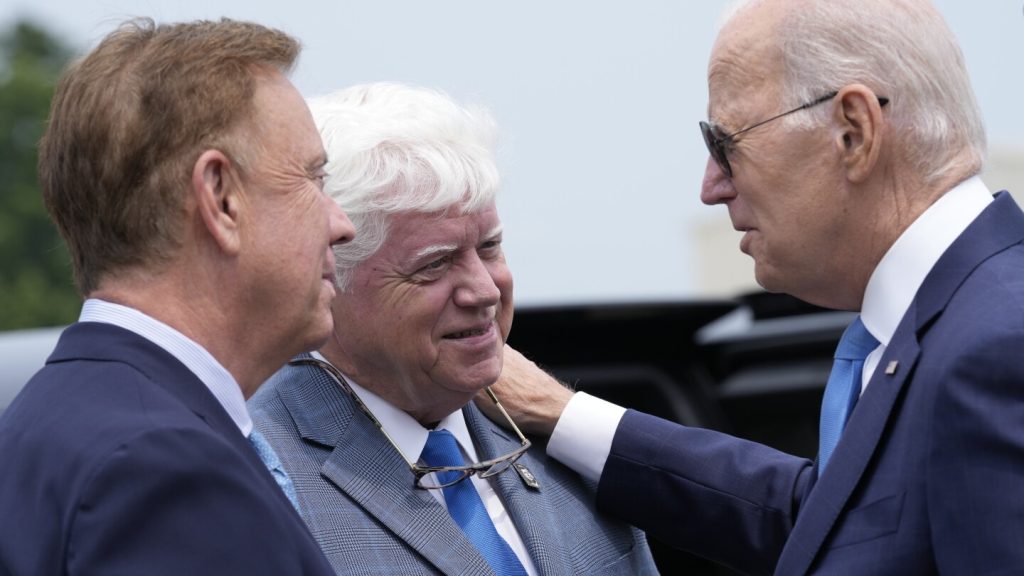A Moment of Concern on the House Floor
On Monday, Connecticut U.S. Representative John Larson, a seasoned Democratic politician, experienced an unexpected and concerning moment during his speech on the House of Representatives floor. Midway through his address, Larson suddenly stopped speaking, dropped his arm, and began to stare blankly ahead. His demeanor was markedly different, and he appeared to make some involuntary movements, including chewing. This unusual behavior immediately drew the attention of his colleagues and prompted a swift response from the House attending physician. The following evening, Larson provided a detailed explanation, attributing the incident to a complex partial seizure, a diagnosis confirmed after a series of medical tests.
The Diagnosis and Medical Explanation
A complex partial seizure, as explained by medical experts at Cedars-Sinai, is a neurological event that affects a specific part of the brain. These seizures typically last between 30 seconds to two minutes and can cause individuals to appear as if they are daydreaming or staring into space. During such episodes, a person might make repetitive movements, such as lip smacking, chewing, or even walking in a repetitive pattern. Larson’s case fits this description, as he was observed to make chewing movements and appeared to be in a trance-like state. The immediacy and specificity of his symptoms align with the characteristics of a complex partial seizure, providing a clear and understandable explanation for his sudden behavioral change.
Connecting the Seizure to Past Medical History
Larson’s statement on Tuesday shed further light on the root cause of his seizure. He revealed that 15 years ago, he had undergone a heart valve replacement due to a congenital condition affecting the shape of his aortic valve. This condition, while not commonly leading to seizures, can sometimes result in neurological symptoms like the one Larson experienced. The connection between his heart condition and the seizure is a critical piece of information that helps to contextualize the incident. Larson’s medical history underscores the importance of ongoing health monitoring and the potential for secondary health issues following cardiac procedures.
Medication and Treatment Plan
Following his diagnosis, Larson was prescribed medication to reduce the likelihood of future seizures. His doctors assured him that the prescribed treatment would significantly lower the risk of recurrence, providing a sense of reassurance and a clear path forward. This proactive approach to managing his health aligns with the best practices in medical care, emphasizing the importance of timely diagnosis and appropriate treatment. Larson’s commitment to following his doctor’s advice reflects his dedication to maintaining his health and continuing his service to the people of Connecticut’s First District.
Resilience and Continued Service
Despite the unexpected nature of the incident, Larson remains steadfast in his commitment to his constituents and his role in Congress. He announced his intention to return to his duties on Wednesday, demonstrating a remarkable resolve and a deep sense of duty. As a member of the House Ways and Means Committee, Larson’s contributions are crucial to the legislative process, and his quick return to work sends a strong message of resilience and dedication. His transparency and proactive approach to addressing his health concerns have earned him respect and support from his colleagues and the broader community.
Moving Forward with Hope and Vigilance
John Larson’s experience serves as a reminder of the unpredictable nature of health and the importance of vigilance and proactive care. His openness about his condition and his commitment to his role as a representative exemplify the qualities that make him a respected and trusted public servant. As he resumes his duties, Larson’s resilience and determination will undoubtedly inspire others facing similar health challenges. His story is a testament to the strength of the human spirit and the importance of prioritizing health and well-being in the face of unexpected adversity.












